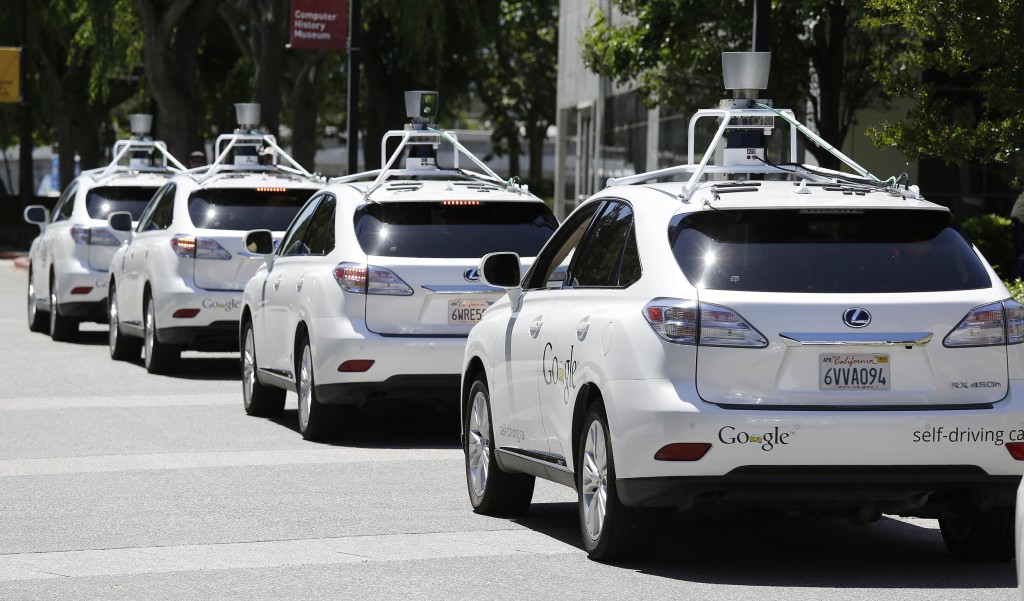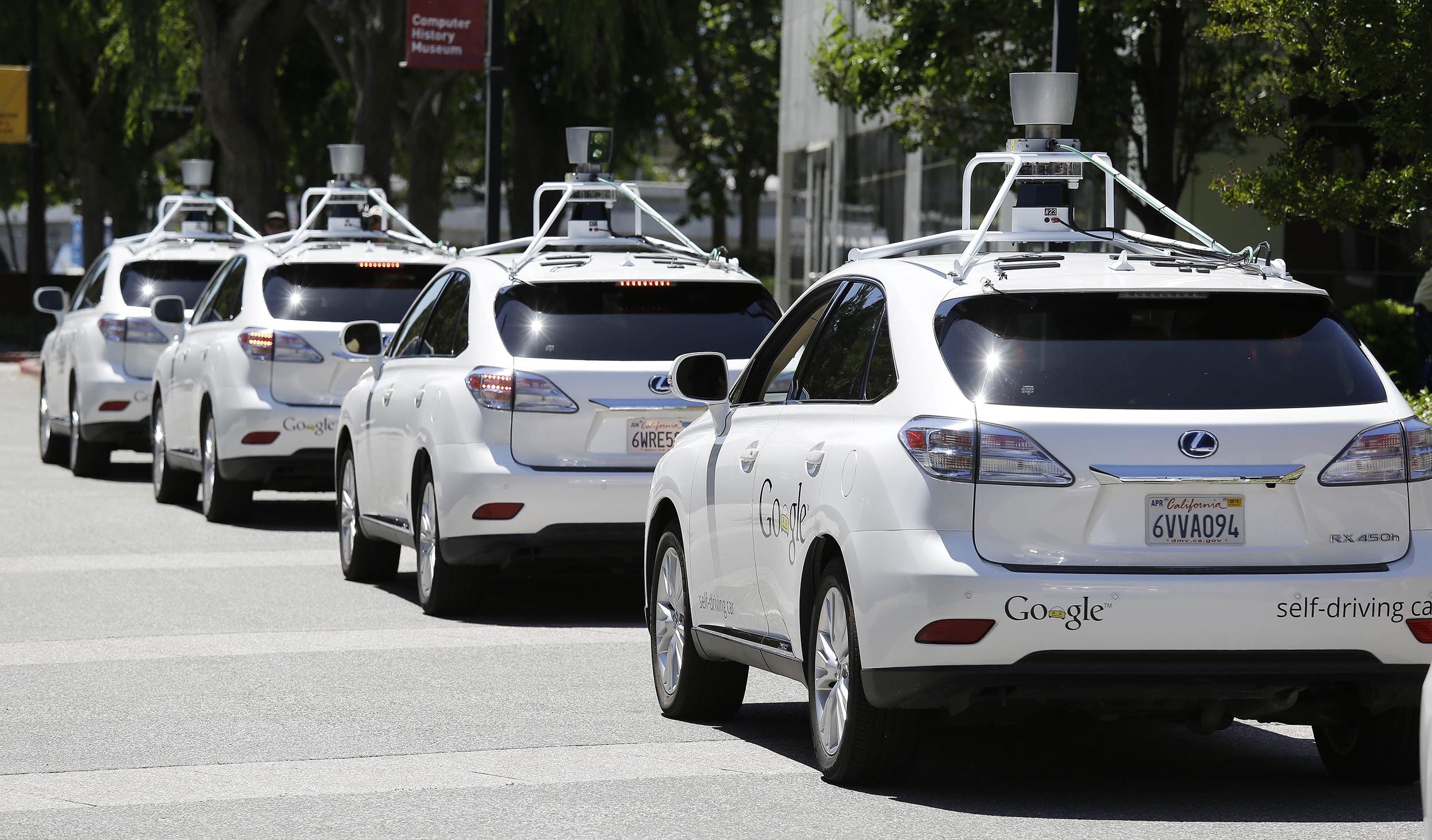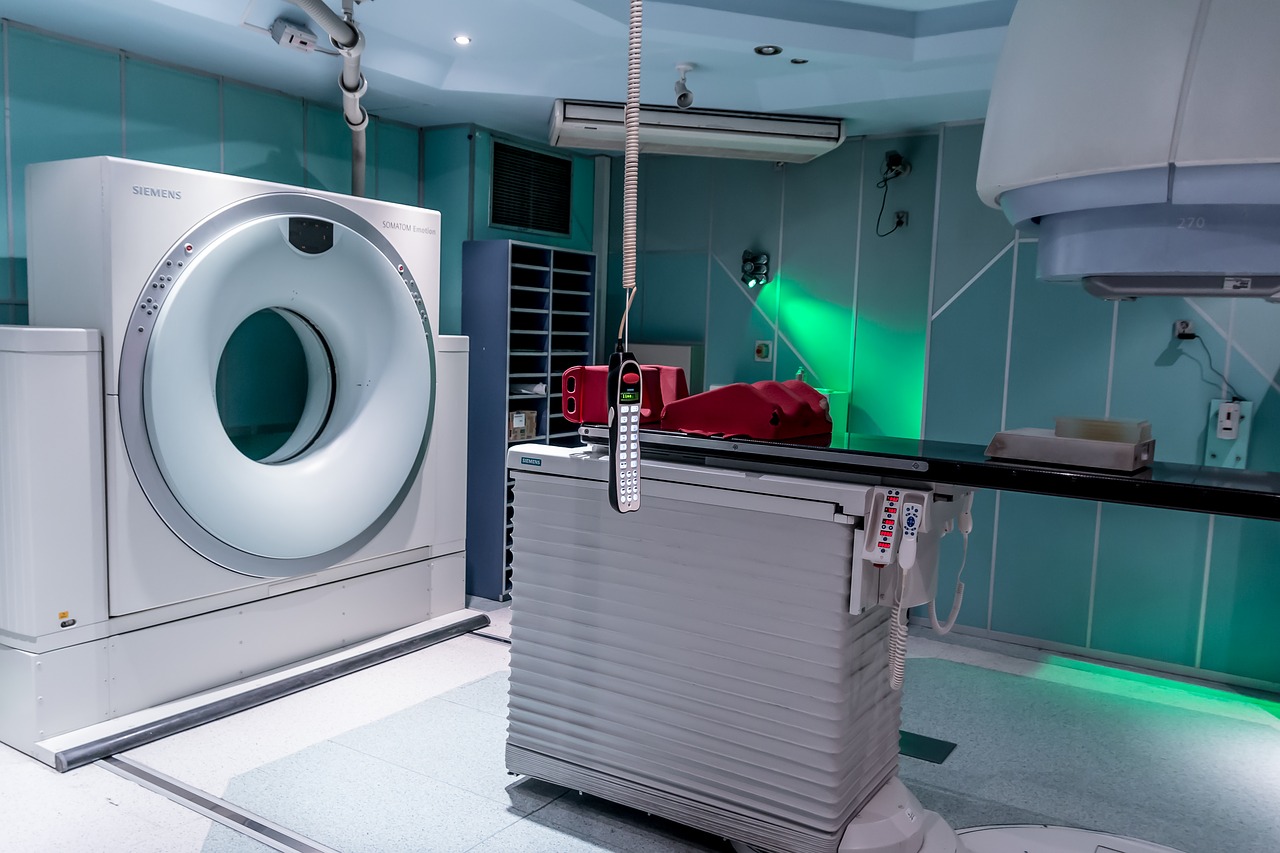
On Friday, the top US auto safety agency said that there are a number of legal hurdles that need to be cleared before self-driving cars are ready to be sold in the United States New guidance is being seen to by The National Highway Traffic Safety Administration (NHTSA) for the policymakers, states and companies on self-driving vehicles, which it is hoping to introduce in July. Gordon Trowbridge, the spokesman for the NHTSA said that on Friday, a news report was released, which showed that they were comparatively lesser legal hurdles faced in the deployment of self-driving cars boasting human controls.
However, there are considerably more hurdles facing autonomous vehicles that come with no brake pedals or steering wheels. It is essential for all automakers to fulfill at least 75% of the auto safety standards and most of these standards have been written under the assumption that the vehicle will be controlled by a licensed driver. It is the aim of Alphabet Inc. to eventually be able to launch self-driving cars in the market that can be operated without human control. A large number of technology companies and automakers are rushing to develop and sell cars that can drive themselves at least half the time.
The participants who are involved in the autonomous-driving quest have complained that the testing and eventual deployment of self-driving vehicles is being impeded by the federal and state safety rules. Draft rules have been proposed by California that require a licensed driver and steering wheel in all autonomous cars. The NHTSA report stated that it just wishes to ensure innovation is not stifled by existing regulations and that automated vehicles are able to serve their purpose in the safest way possible. A hearing will be held on Tuesday by a US Senate panel that will be focusing on the future of autonomous cars and potential regulatory hurdles.
On Friday, General Motors Co. announced that it is purchasing a self-driving vehicle startup based in San Francisco called Cruise Automation. The NHTSA had said in February that the federal law could consider the artificial intelligence system, which will be self-piloting a car by Google, as the driver. This could actually turn out to be a major step towards eventually winning the approval for self-driving cars to finally be allowed on the roads without any legal repercussions for drivers or users.
Mark Rosekind, the NHTSA administrator said on Thursday that the agency was looking into more details on a crash that had occurred on February 14th, which involved a self-driving car of Google Inc. into a municipal bus. This appeared to be the very first crash that was caused by an autonomous vehicle. NHTSA has said that some regulations that require auto safety equipment cannot be eliminated immediately and they include requirements for braking system that are controlled by foot control for vehicles without brake pedals and steering wheels. This basically indicates that self-driving cars have a long way to go before they can be really ‘driverless’.











![Watch Video Now on xiaohongshu.com [以色列Elevatione perfectio X美容仪 perfectio X 全新仪器黑科技了解下]](https://www.techburgeon.com/wp-content/uploads/2019/07/perfectiox-singapore-150x150.jpg)
